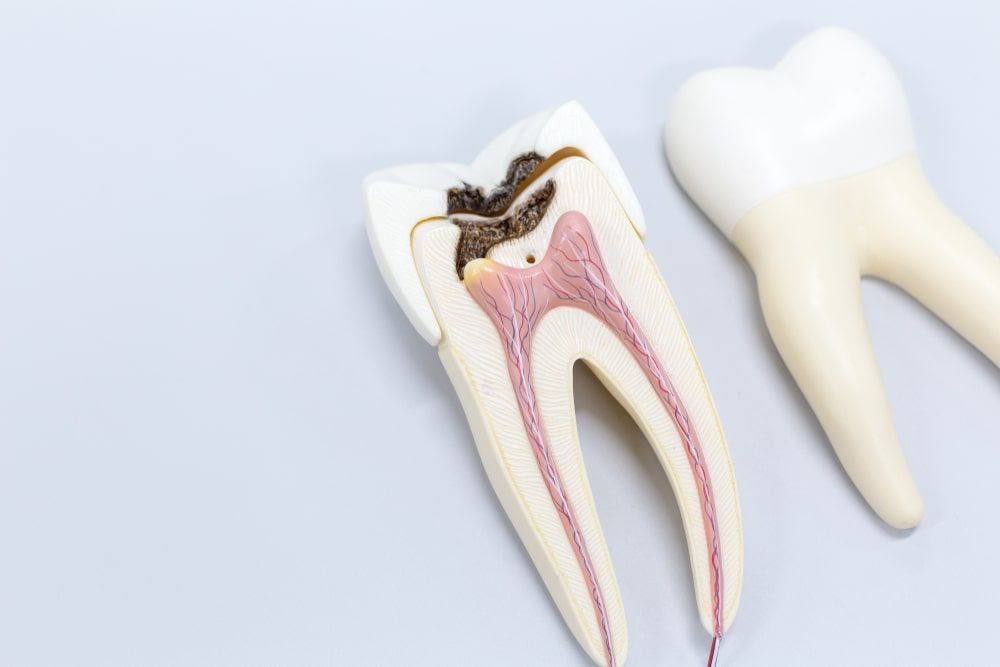Generally, teeth which have undergone endodontic treatment will provide you with years of service. Most often, these teeth will last as long as other natural teeth. However, an endodontically treated tooth may fail to heal and cause pain months or years after successful treatment. Re-treatment of a tooth with past root canal therapy initially involves the removal of the existing canal filling material. Then, the entire root canal system is cleaned and disinfected. Your endodontist will be simultaneously searching for additional canals or unusual root canal anatomy which likely necessitated the re-treatment. There are a number of reasons for improper healing after root canal therapy. Occasionally, a tooth possesses a complicated root canal anatomy and these variations were undetected during the initial root canal treatment. Excessively curved or narrow canals can also pose an extreme clinical challenge for complete disinfection during the initial root canal treatment. Contamination by saliva and decay (bacteria) of the treated root canal system can also occur months or years after successful endodontic therapy. Lastly, the species of bacteria contributing to a dental infection and the patient’s inherent ability to heal properly after root canal therapy have a large impact on the success rate of root canal treatment. Every patient’s tooth and dental condition are unique. Prior to initiating root canal re-treatment, your endodontist will discuss the probability of success for the procedure. Considerations of other treatments will also be discussed including root canal surgery (apicoectomy) as well as extraction.
Frequently Asked Questions
Do I need a root canal retreatment or should I have my tooth extracted?
If your root canal treatment was unsuccessful or a new infection has occurred in a previously treated tooth, retreatment offers a chance to save your tooth without having it extracted. If many years have passed since your initial root canal, innovative new methods may be available to your endodontist that were not an option during your first treatment. Of course, there is no way to know whether retreatment is right for you without first consulting with your endodontist.
What should I expect during my root canal retreatment?
If you determine that retreatment is right for you, your tooth will be reopened so that the filling may be removed from your tooth. Special instrumentation will be used to identify hidden canals or areas of the tooth that could be harboring an infection. These areas will be cleaned out and refilled. You’ll then return to your dentist for a crown or other type of restoration.
Will I need to follow any after-care instructions following my root canal retreatment?
As with your first root canal, your retreatment will require you to avoid chewing or biting with your treated tooth until you can return to your dentist for a restoration. You may also experience some discomfort following your treatment. These usually subside within a few days, but contact your endodontist if pain persists or worsens.







